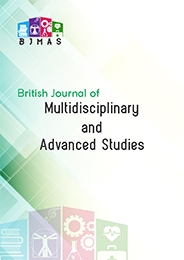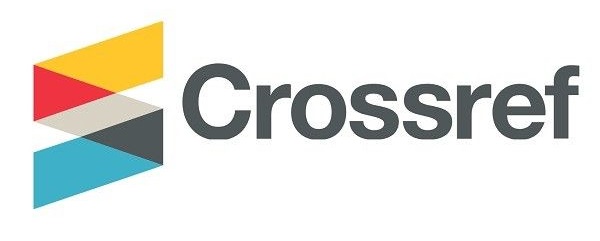Science and the Self: A Figurative 3D Representation
DOI:
https://doi.org/10.37745/bjmas.2022.04911Abstract
Starting from the big U(niverse) representation by physicist John A. Wheller that illustrates how active” observer participancy” unfolds reality, a helical UnussunU structure (from Latin Unus, i.e., One) is introduced aiming at giving an enhanced 3D printable figurativerepresentation of physical reality and our experience of life (spirituality). The key innovation of our work is on the continuos figurative description of concisousness from a classical materialistic description to an irreducible quantum coupling. Constituents of the cosmos and of our existence are fuse in UnussunU in terms of scientific observations and a metaphorical view of subjective experiences. In an idealized form, UnussunU includes: the yin yang flow diagram of opposite elements to reflect the ”symbol” and” significance” aspects of a fundamental ”One” that manifests itself as quantum information, experiences of Qualia (i.e., individual perceived feelings and emotions), and the perception of empty space (i.e., void) as an abstraction of freedom of will. On the whole, our structure is original in that it embraces figuratively some of the key aspects of consciousness: awareness of the environment and internal states (thoughts, feelings and subjective experiences), in recognition of oneself as an separated individual. We discuss the meaningful significance of having a visual and tangible object like UnussunU. UnussunU attempts to represent our subjective human experiences with multidisciplinary sciences and arts.
Downloads
Downloads
Published
Versions
- 18-06-2025 (2)
- 18-06-2025 (1)












